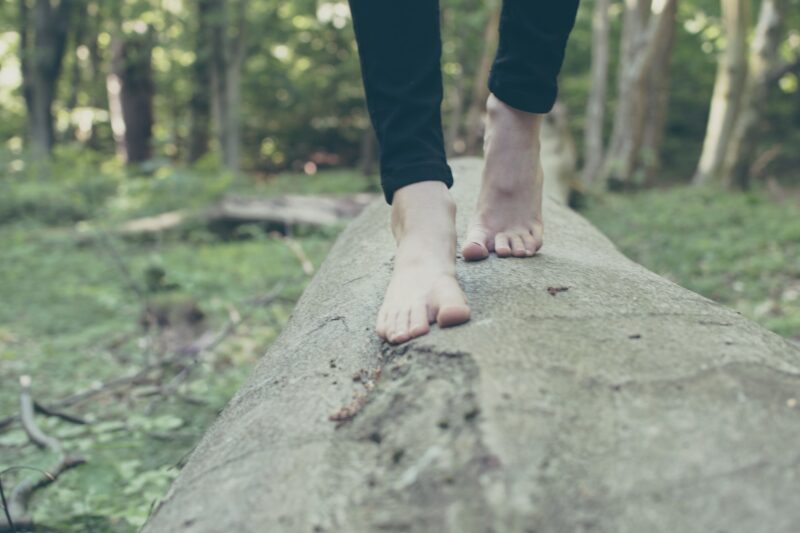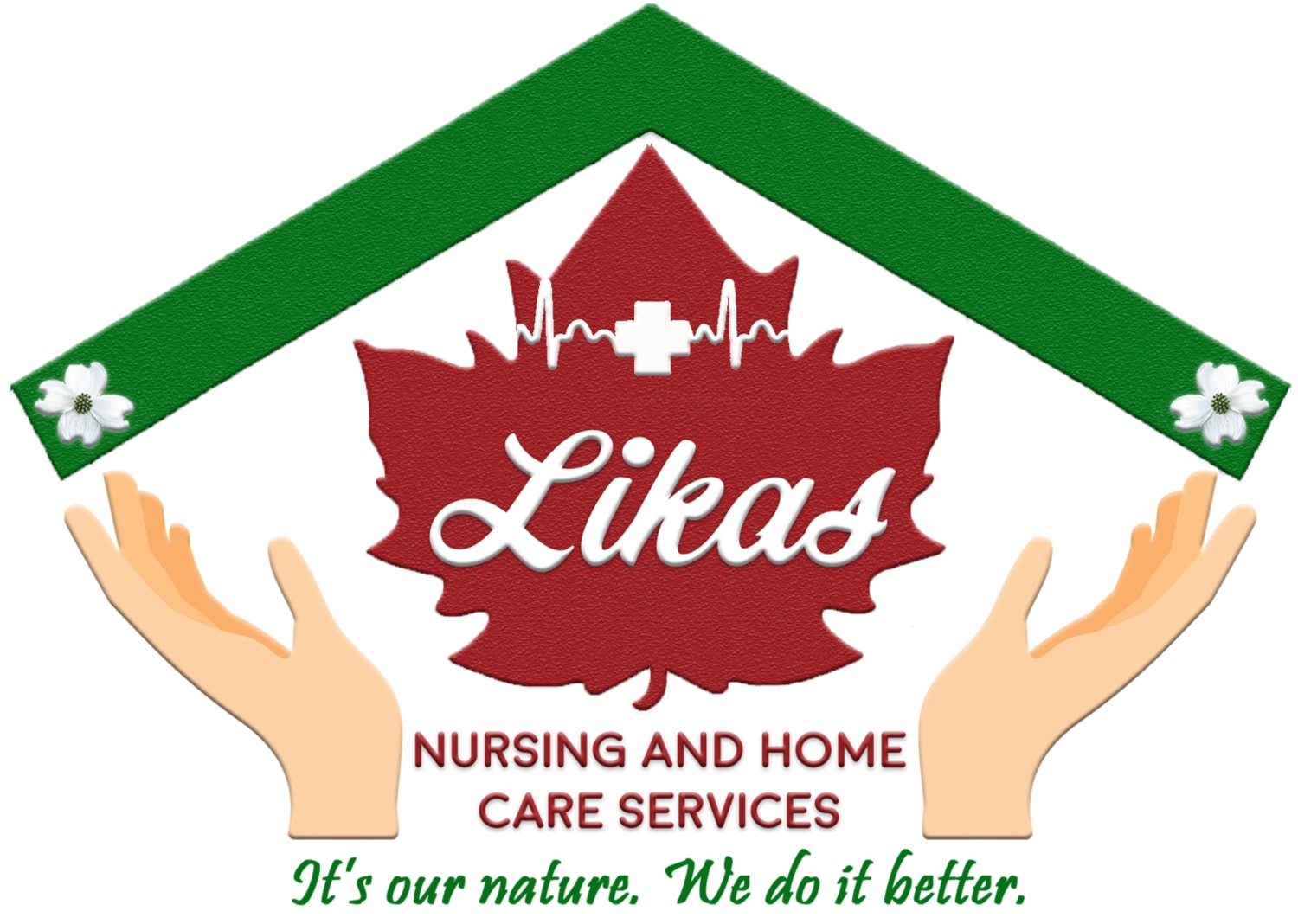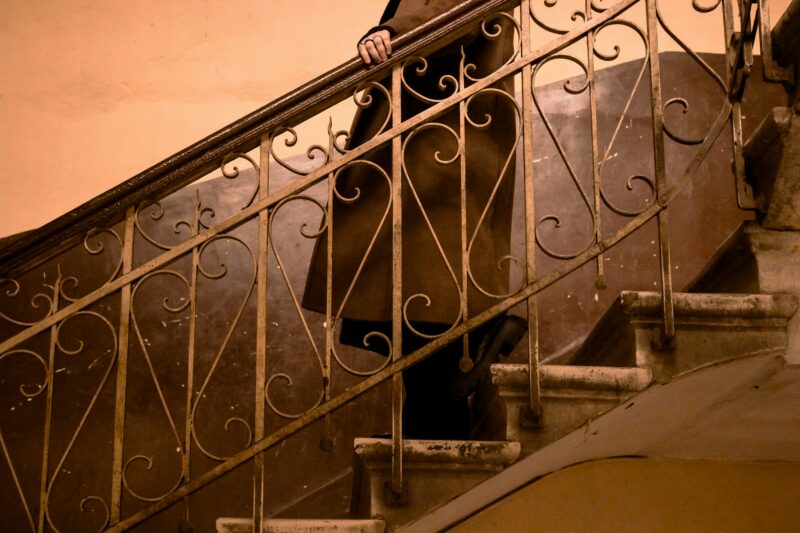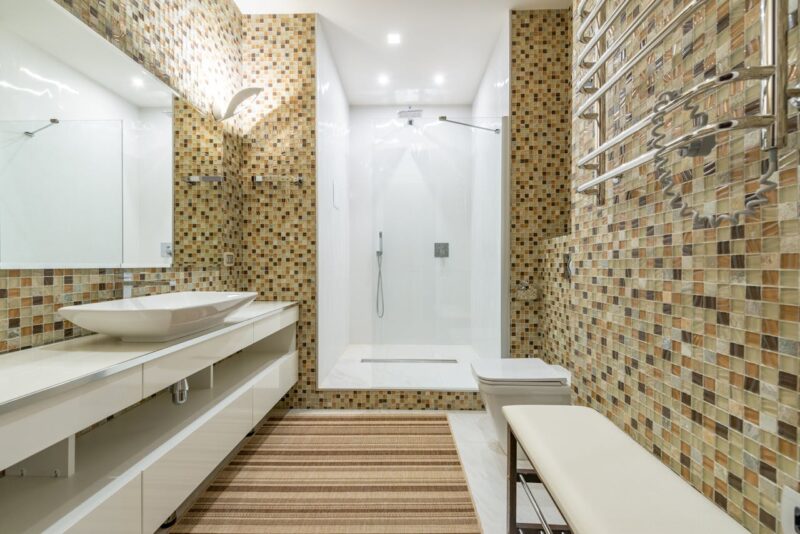
Work or play, one of the parts of our bodies that take a lot of weight (literally) are our feet. Our feet carry us through the day, through our jobs, chores, and exercise, but too often do we take it for granted, save for the occasional soaking and pedicure (if you’re lucky) or putting our legs up to relax at the end of the day.
Changes due to aging
But our feet do age alongside us, due to the repeated impact, pressure, friction, and some minor trauma. The natural changes to the feet include the following:
1. Thinning of the skin – This makes us more likely to sustain wounds and impede healing. The loss of the fat pad also means that there is less cushion and support when walking, resulting in easy fatigability and pain. Calluses also become more common. Toenails are also part of the skin, which grow thicker and therefore more brittle.
2. Joint and tendon wear and tear – Such changes also happen in bigger joints, such as in the hips and knees. This results in less fluid movement in the joints and consequently less flexibility. Combine this with the loss of stretch in tendons, and we have decreased stretch and support for activities that involve jumping (e.g. sports and dancing). This can also cause a change in shape in the toes and feet. Sometimes, this can result in an acquired flat foot.
3. Reduced muscle and bone strength – This can limit physical activities and is worse in individuals who smoke and lack exercise. This can also be accelerated by poor vitamin D intake and steroid use, as well as hormonal imbalances. Less muscle and bone strength also increases susceptibility to injury.
Changes due to diseases
In addition, some systemic diseases may also affect the nerve and blood supply to the feet, may impact the bones, muscles and joints, and may cause our feet to swell. Examples of these systemic diseases are peripheral arterial disease, diabetes, hypertensions, heart failure, rheumatoid arthritis, kidney disease, and osteoarthritis. These diseases tend to be more prevalent in the elderly, which is why they also affect the feet more in older patients.
Loss of innervation to the feet, as what happens in patients with diabetic neuropathy, make it more likely that a foot injury will go by unnoticed. Poor blood supply results in poor wound healing and an increased risk of infections. Repeated inflammation, as seen in rheumatoid arthritis, can cause joint deformation.
Systemic diseases and aging, as well as lack of feet protection, can result in benign conditions that can still cause a lot of pain and inconvenience. Examples include bunions (bony protrusions at the base of the big toe), Morton’s neuroma (an enlarged nerve), and plantar fasciitis, which can cause heel pain especially in the morning.
Caring for our feet
While there are some changes that we cannot prevent, there is certainly a lot we can do to optimize the health of our feet.
1. Choose proper footwear. Footwear should not be stiff and uncomfortable and should offer proper support, especially for the arches of the feet. They should also accommodate some degree of swelling and should be able to address some conditions, such as over- or under-pronation (depending on where the weight rests while walking). Avoid high heels and flip-flops. Also avoid walking barefoot, as this may exacerbate pain and lack of support. Socks, tights, and stockings should also be comfortable, although compression socks and stockings may be used to improve circulation. Consider custom orthotics and foot inserts if necessary.
2. Maintain good hygiene, washing and drying feet before putting on footwear and washing and changing socks daily. Also strive to keep your shoes clean and to rotate them so that they don’t wear down quickly.
3. Take care of the skin of your feet. Routinely inspect your feet to check for wounds, cracks, and nail infections. Strive to keep the skin moisturized. Keep your feet warm. Trim your toenails straight across instead of rounding at the corners to prevent ingrown toenails.
4. Exercise improves blood circulation and the mobility of your feet. If you have a job or hobby that requires sitting for long periods, try to keep your feet elevated. Even stretching the calves for a few minutes in the morning and evening can relax the calf muscles and reduce the stress on the feet.
5. Avoid high-impact and repetitive movements that can strain your feet, such as jumping, twisting (i.e. dancing), and standing or sitting all day. If you do have to do these activities, make sure your feet are properly supported.
6. If you have underlying health issues that can affect your feet, make sure that you take your maintenance medications and keep regular follow-ups with your physician.
7. You can consult your physician and a podiatrist for issues regarding your feet. Some problems can be solved with exercise, customized inserts, and fitted shoes. Pain may be helped by medications and corrective footwear. In the most extreme of cases, after conservative measures have failed to improve the patient’s condition, surgical intervention may be considered.
Takeaway
Now that we are more aware of how to keep our feet healthy as we age, we can feel safer about putting our best foot forward!
We at Likas Nursing and Home Care can help you make this journey “on foot.” We can assist you with exercises and accompany you to your health appointments, as well as help with mobility issues. Contact us for a free consult today.



